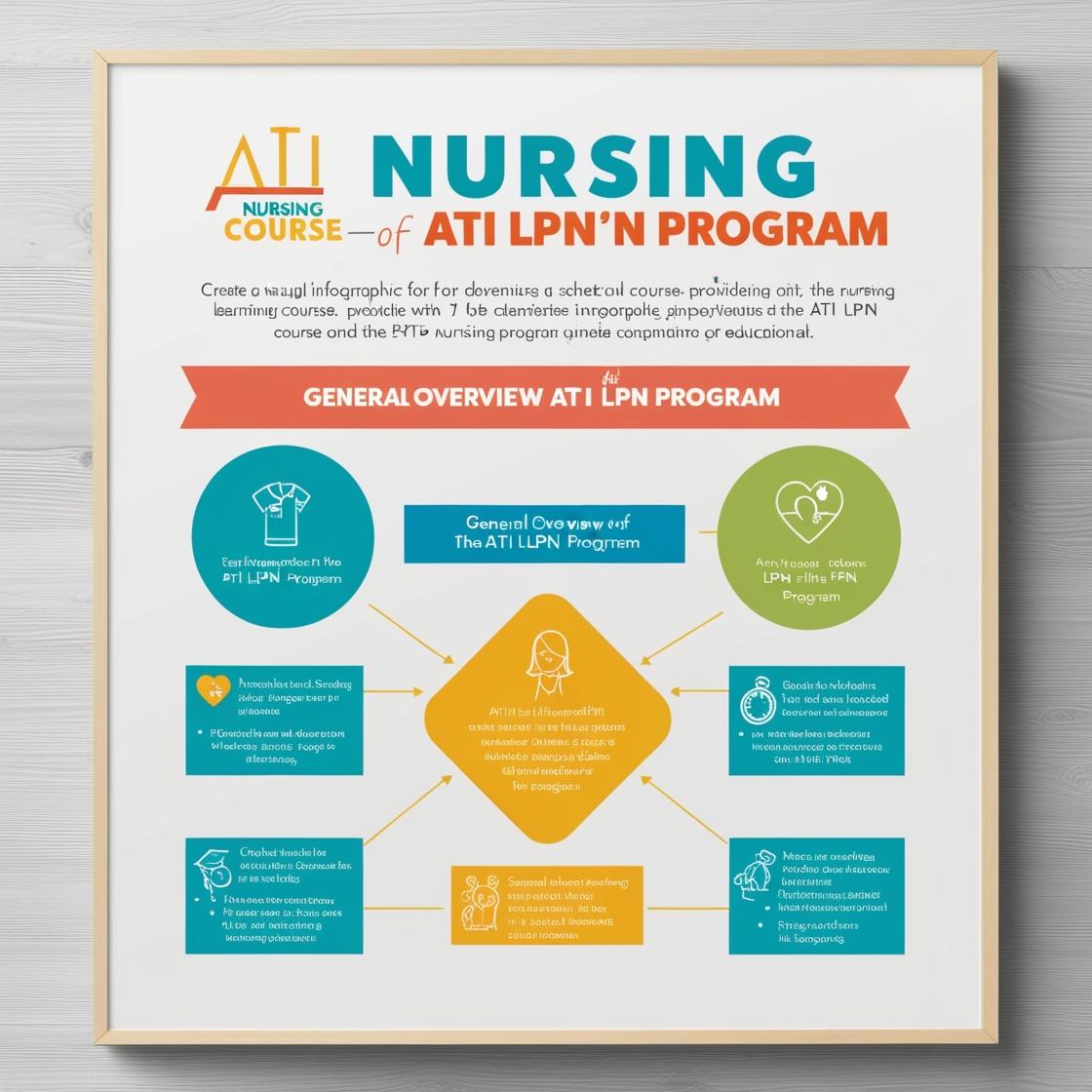LPN LPN
PN ATI Capstone Proctored Comprehensive Assessment 2020 B with NGN
1. A nurse has provided education to a client regarding prescribed levothyroxine sodium. Which of the following client statements demonstrates understanding of medication administration?
- A. I should take the medication in the morning to prevent insomnia.
- B. I can take the medication at night before bed.
- C. I will stop the medication if I start to feel better.
- D. I will take the medication only when I feel symptoms.
Correct answer: A
Rationale: The correct answer is A. Levothyroxine should be taken in the morning on an empty stomach to prevent insomnia and ensure proper absorption of the medication. Choice B is incorrect because taking levothyroxine at night may interfere with sleep and absorption. Choice C is incorrect as stopping the medication without consulting the healthcare provider can lead to negative health outcomes. Choice D is incorrect because levothyroxine is a daily medication that should be taken consistently, not just when symptoms are present.
2. A client with a closed head injury has their eyes open when pressure is applied to the nail beds, and they exhibit adduction of the arms with flexion of the elbows and wrists. The client also moans with stimulation. What is the client's Glasgow Coma Score?
- A. 4
- B. 7 (comatose)
- C. 9
- D. 10
Correct answer: B
Rationale: The client's Glasgow Coma Score is 7. This is calculated by assigning 2 points for eye-opening to pain, 2 points for incomprehensible sounds, and 3 points for flexion posturing. Choices A, C, and D are incorrect. Choice A (4) would be the score if the client displayed decerebrate posturing instead of flexion posturing. Choice C (9) would be the score if the client exhibited eye-opening to speech, confused speech, and decorticate posturing. Choice D (10) would be the score if the client showed eye-opening spontaneously, oriented speech, and obeyed commands, which is not the case here.
3. A community health nurse is teaching a group of clients about first aid for wounds. Which client statement indicates understanding?
- A. Remove blood-saturated dressings
- B. Apply clean dressings over the saturated ones and hold pressure
- C. Elevate the wound above heart level
- D. Leave the wound open to air
Correct answer: B
Rationale: The correct answer is B. Applying clean dressings over blood-saturated ones and holding pressure helps to control bleeding and prevent tissue disruption. Removing blood-saturated dressings can cause further damage by disrupting the forming clot. Elevating the wound above heart level is beneficial to reduce swelling, but it is not the best immediate action for a blood-saturated dressing. Leaving the wound open to air can increase the risk of infection and slow down the healing process.
4. A nurse is providing discharge instructions to a client after a myocardial infarction. Which of the following should be included?
- A. Resume normal activities immediately
- B. Monitor for chest pain and report any recurrence
- C. Avoid all physical activity for 6 months
- D. Take medications only as needed
Correct answer: B
Rationale: The correct answer is B: 'Monitor for chest pain and report any recurrence.' After a myocardial infarction, it is crucial for clients to be vigilant about any signs of chest pain as it could indicate a recurrent event. Prompt reporting of chest pain can lead to timely intervention, preventing further complications. Choice A is incorrect because resuming normal activities immediately after a heart attack can be dangerous and is not recommended. Choice C is also incorrect as avoiding all physical activity for 6 months is excessive and can lead to deconditioning. Choice D is incorrect as medications prescribed after a myocardial infarction are usually meant to be taken regularly as prescribed, not just as needed.
5. A nurse is preparing to administer a dose of iron supplement. Which of the following should the nurse do?
- A. Give it with milk
- B. Administer it on an empty stomach
- C. Check blood pressure
- D. Monitor for allergic reactions
Correct answer: B
Rationale: The correct answer is B: Administer it on an empty stomach. Iron supplements are best absorbed on an empty stomach to enhance their absorption. It is important to avoid giving them with milk or dairy products as these can inhibit iron absorption. Checking blood pressure and monitoring for allergic reactions are not directly related to the administration of iron supplements and are not the primary considerations in this case.
Similar Questions

Access More Features
ATI LPN Basic
$69.99/ 30 days
- 50,000 Questions with answers
- All ATI courses Coverage
- 30 days access @ $69.99
ATI LPN Premium
$149.99/ 90 days
- 50,000 Questions with answers
- All ATI courses Coverage
- 30 days access @ $149.99
